10 Tips for Improving the Live Mix in Advance
The live mix is executed in the moment, but most of its success is established in advance.
1) Know your content: Get whatever rehearsal media is available (legally). Learn the arrangements. Your mixes will come together much faster and you'll anticipate things like hooks, guitar solos, or false endings before they happen—not after they've already begun. Talk through arrangements and expectations with the music director. Does it really make sense when everyone on stage knows the arrangements, but the foh mixer does not?
2) Review the plan. Reviewing plans and expectations (and meeting, if necessary) ensures the best audio approach and can avoid surprises and/or poor results. Leadership and other non-audio people don’t know audio engineering and shouldn’t be expected to. If the programming needs or stage set up have potential to cause audio challenges, head them off IN ADVANCE (not the day of).
3) Check RF: If wireless mics, in-ear monitors, production intercom, assistive listening systems, or other RF wireless devices are used in the space they must be properly installed and tuned for compatibility to avoid interference. Once they are, it’s still wise to periodically check performance. New interference sources or other surprises are better found without an audience. Check by turning on all RF devices and power on any other electronic equipment in close proximity. Portable transmitters and receivers (handhelds, bodypacks, plug-ons) should not be clustered together —piling them together is convenient for testing, but a common mistake. They should be at least several feet apart and located on the stage or area where they will be used. Move them about the performance space while monitoring audio at safe levels, listening for RF interference over the PA (mics), and on earphones (in-ear monitors and assisted listening systems).
4) Check PA: Verify the PA system is in working order (not the day of). Walk and listen to confirm that all zones are working with no failures, including auxiliary zones like lobby, overflow, and monitor sends. A blown driver is not real easy to resolve during sound check.
5) Optimize microphone technique: Review onstage microphone selection and placement. Choosing the appropriate mic and optimizing placement can often do more to improve the mix than any knob on the console by reducing leakage, improving gain before feedback, and capturing better sounding sources.
6) Cue sheets: Get a copy of whatever cue sheet or outline is available - or draw one up. Clearly mark mic and “roll-in” cues and any other important audio notes prior to rehearsal. Mixing notes can be added during rehearsal. Even when using mixing console automation, manual control should always remain available and the cue sheet or mix notes (paper or electronic) should remain visible at all times.
7) Set up vs. sound check Clearly distinguish set-up from sound check. Sound check is for Audio to dial in the mixes with all elements (gear, musicians, etc.) working exactly as they will with the audience present. Complete all set-up work in advance of sound check, so that it really is just that—sound check!
8) line check: Some environments perform a line check procedure prior to sound check. Every input and output is briefly tested over the PA (inputs) and over wedges or earphones (outputs). It's a 5 or 10 minute effort at most, and verifies all signal paths from sources to listeners (FOH) and sources to artists (monitors). The occasional I/O that doesn't work can be identified and hopefully resolved in advance —preserving sound check time.
9) Review mixes: If you record your mixes, review them. If you’re making a classic "board tape" right off the PA mix, remember that it doesn’t include the acoustic portion (room) of the live experience and the balance may be accordingly different on playback. If you multi-track record you've got a great practice and training tool—play the tracks back through the FOH console and refine the mix without live talent or an audience.
10) Ear training: Great mixing requires great listening skill, which requires training and practice. Listen to great mixes relevant to your style and mentally "take them apart". Discover the details that make them great. And, train your ears to identify frequency ranges. There are a number of readily available ear training tools on the market. Or, practice with a simple tone generator and real-time analyzer.
